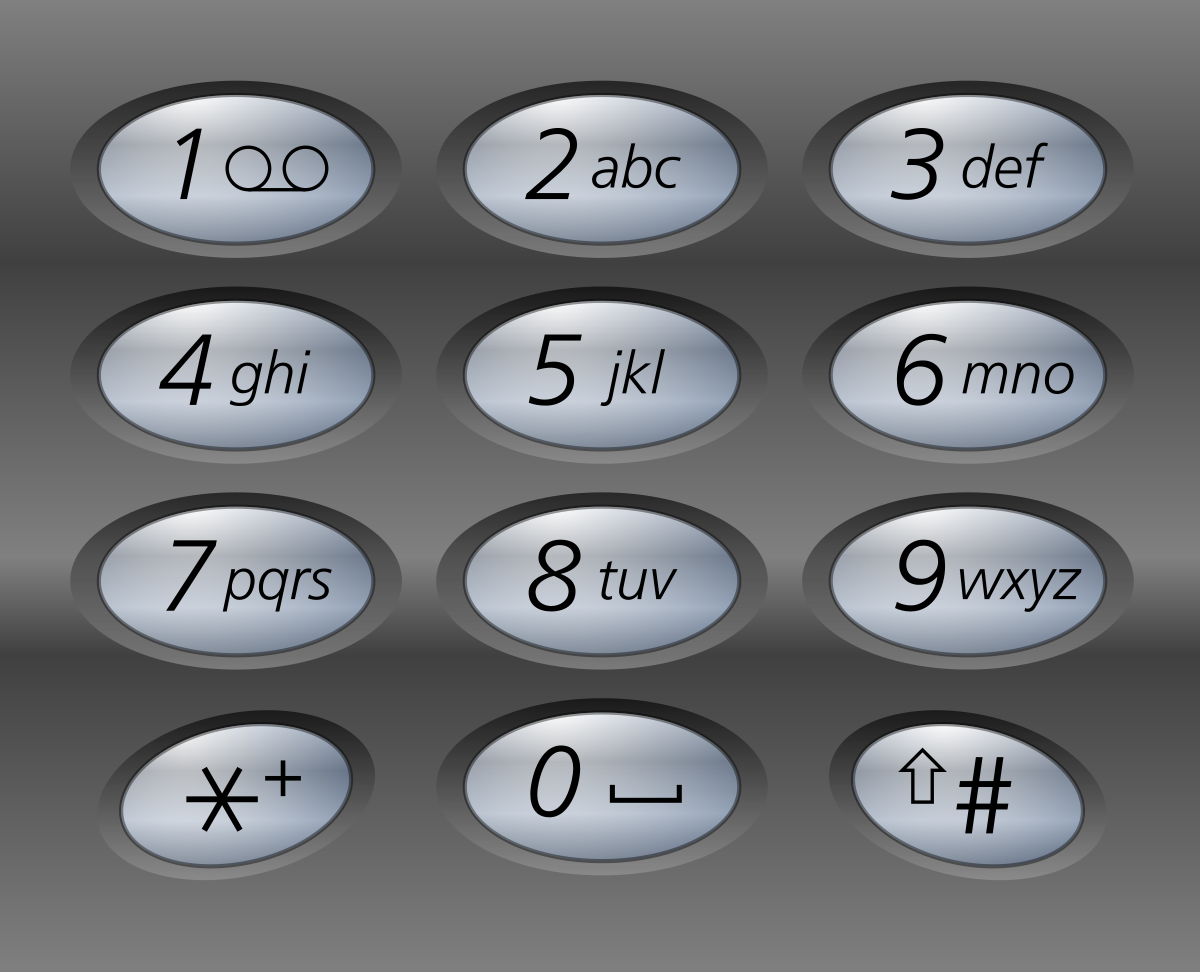Recursion¶
Table of Contents¶
- 46. Permutations (Medium)
- 78. Subsets (Medium)
- 17. Letter Combinations of a Phone Number (Medium)
46. Permutations¶
-
LeetCode | LeetCode CH (Medium)
-
Tags: array, backtracking
46. Permutations - Python Solution
from typing import List
# Backtracking
def permute(nums: List[int]) -> List[List[int]]:
n = len(nums)
path, res = [], []
used = [False for _ in range(n)]
def dfs(x: int):
if x == n:
res.append(path[:])
return
for i in range(n):
if used[i]:
continue
used[i] = True
path.append(nums[i])
dfs(x + 1)
path.pop()
used[i] = False
dfs(0)
return res
print(permute([1, 2, 3]))
# [[1, 2, 3], [1, 3, 2], [2, 1, 3],
# [2, 3, 1], [3, 1, 2], [3, 2, 1]]
78. Subsets¶
-
LeetCode | LeetCode CH (Medium)
-
Tags: array, backtracking, bit manipulation
78. Subsets - Python Solution
from typing import List
# Iterative Inclusion Backtracking
def subsets_iterative_inclusion(nums: List[int]) -> List[List[int]]:
n = len(nums)
res, path = [], []
def dfs(i):
res.append(path.copy())
for j in range(i, n):
path.append(nums[j])
dfs(j + 1)
path.pop()
dfs(0)
return res
# Binary Decision Backtracking
def subsets_binary_decision(nums: List[int]) -> List[List[int]]:
n = len(nums)
res, path = [], []
def dfs(i):
if i == n:
res.append(path.copy())
return
# Exclude
dfs(i + 1)
# Include
path.append(nums[i])
dfs(i + 1)
path.pop()
dfs(0)
return res
print(subsets_iterative_inclusion([1, 2, 3]))
# [[], [1], [1, 2], [1, 2, 3], [1, 3], [2], [2, 3], [3]]
print(subsets_binary_decision([1, 2, 3]))
# [[], [3], [2], [2, 3], [1], [1, 3], [1, 2], [1, 2, 3]]
17. Letter Combinations of a Phone Number¶
-
LeetCode | LeetCode CH (Medium)
-
Tags: hash table, string, backtracking
- Return all possible letter combinations that the number could represent.

17. Letter Combinations of a Phone Number - Python Solution
from typing import List
# Backtracking
def letterCombinations(digits: str) -> List[str]:
letter_map = {
"2": "abc",
"3": "def",
"4": "ghi",
"5": "jkl",
"6": "mno",
"7": "pqrs",
"8": "tuv",
"9": "wxyz",
}
n = len(digits)
if n == 0:
return []
res = []
def dfs(idx, path):
if idx == n:
res.append(path)
return None
letters = letter_map[digits[idx]]
for i in range(len(letters)):
dfs(idx + 1, path + letters[i])
dfs(0, "")
return res
if __name__ == "__main__":
assert letterCombinations("23") == [
"ad",
"ae",
"af",
"bd",
"be",
"bf",
"cd",
"ce",
"cf",
]